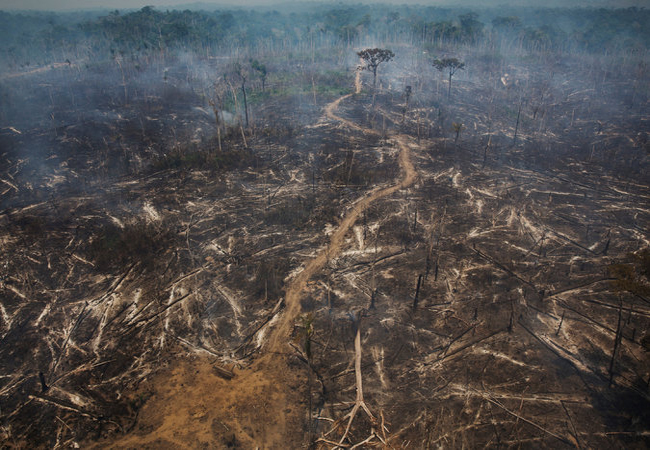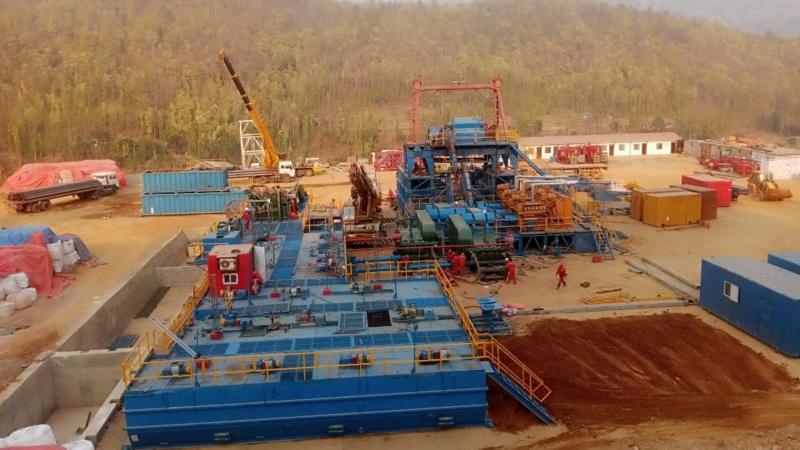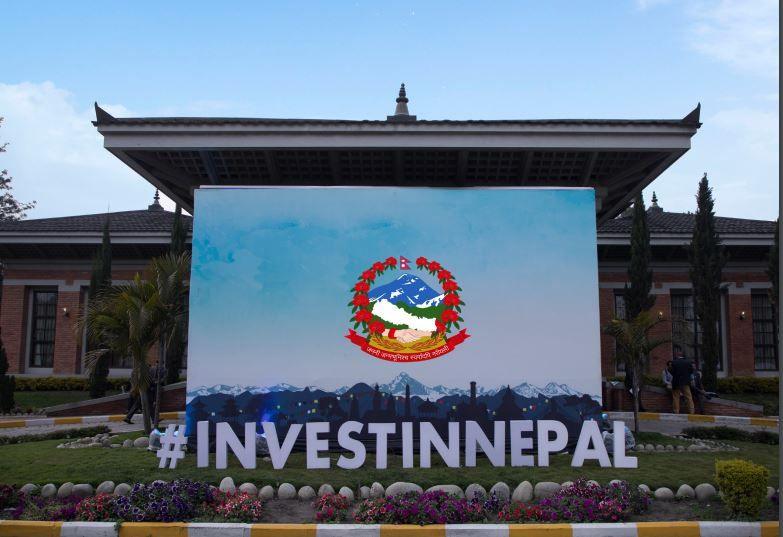The pledges that countries are making to battle climate change would still allow the world to heat up by more than 6 degrees Fahrenheit, a new analysis shows, a level that scientists say is likely to produce catastrophes ranging from food shortages to widespread extinctions of plant and animal life. Yet, in the world of global climate politics, that counts as progress.
The new figures will be released Monday in New York as a week of events related to climate change comes to an end. The highlight was an urgent moral appeal at the United Nations on Friday from Pope Francis, urging countries to reach “fundamental and effective agreements” when they meet in Paris in December to try to strike a new global climate deal.
For much of this year, countries have been issuing pledges about how much emissions they are willing to cut in coming decades. With a plan announced by Brazil on Sunday, every major country except for India has now made a commitment to take to the Paris conference.
That would be the biggest reduction in the history of global climate politics, and a sign that 20 years of disappointing negotiations may be giving way to an era when countries start to move the needle on the projected global temperature.
Yet the analysis also shows that the nations are still a far way from meeting their own shared target, set in 2010, of limiting global warming to about 3.6 degrees Fahrenheit. That level of warming, while potentially producing dire effects on agriculture, sea level and the natural world, might at least be tolerable, some experts believe.
Making any serious pledge has been a political challenge in many countries, including the United States, where President Obama has encountered vociferous opposition in Congress. Governments are unlikely to want to reopen those fights in the remaining two months before the Paris talks. Thus, many analysts expect that any final deal struck in Paris will probably not be enough to forestall dangerous levels of global warming.
“Everyone is now convinced there will be agreement in Paris,” President François Hollande of France said Sunday afternoon at the United Nations. “But the question is, what kind of agreement?”
Despite the uncertainty, optimism is growing among some diplomats and scientists that progress has become possible. Intensive engagement between China and the United States over the past two years helped break the logjam in global climate politics, and for the first time, virtually every country is now offering to pitch in to help limit emissions growth.
Janos Pasztor, United Nations assistant secretary general for climate change, said the task in Paris would be to put mechanisms into the deal to encourage countries to ramp up their ambitions over time. Requirements for periodic reviews and fresh pledges are under discussion as a potential part of the agreement.
At a luncheon that the United Nations secretary general, Ban Ki-moon, hosted for dozens of world leaders on Sunday, the heads of state and government “agreed that Paris must be the floor, not the ceiling, for collective ambition,” Mr. Ban said afterward.
Gavin A. Schmidt, head of the NASA unit in Manhattan that studies climate change, said that the history of environmental cleanup suggested that once countries got started on the problem, they would discover that solving it was cheaper and easier than expected.
“By the time people get 10, 15 years of actually trying to do something, that’s going to lead to greater expertise, better technology, more experience,” Dr. Schmidt said. “People will then say, ‘Oh, you know what? We can commit to do more.’ ”
Continue reading the main story. The planet has already warmed by about 1.5 degrees Fahrenheit above the temperature that prevailed before the Industrial Revolution, representing an enormous addition of heat. Virtually every piece of land ice on Earth is melting, the sea ice in the Arctic is collapsing, droughts and other weather extremes are intensifying, and the global food system has shown signs of instability.
At a meeting in Cancun, Mexico, in 2010, climate negotiators from nearly 200 countries agreed that they would try to limit the warming to 3.6 degrees Fahrenheit, or 2 degrees Celsius, above the preindustrial temperature, a level that would require that emissions from fossil fuels largely cease within a few decades. Subsequently, recognizing that many governments were reluctant to agree to binding limits, the diplomats essentially asked each country to volunteer its best efforts. That decision, controversial at the time, has unlocked a willingness by many nations to participate, including countries like China that had long resisted climate deals.
India is the biggest holdout so far, but that nation’s environment minister, Prakash Javadekar, said in an interview in New York on Sunday that a plan would be submitted to the United Nations on Oct. 1, the eve of the national celebration of Mahatma Gandhi’s birthday — apparently an effort to limit domestic criticism that India is bowing to Western pressure. The plan is not expected to include a target year for India’s emissions to peak, but will be “anchored” by a major commitment to renewable energy, Mr. Javadekar said.
Bruising fights are still expected at the Paris conference, especially over money. Poor countries that have had little to do with causing global warming, but are likely to suffer the worst effects, are demanding billions from rich countries to help them manage.
Moreover, protests are expected from advocacy groups, island countries threatened with inundation, and many others over the perceived inadequacy of the deal. At a minimum, these groups are likely to demand strong procedures for ratcheting up national commitments over time.
“No one doubts that coming out of Paris, there’s going to be an ambition gap on the table,” said Alden Meyer, who follows climate negotiations for the Union of Concerned Scientists, in Washington. “The question is going to be, what prospect do we have to shrink it, and how quickly?”





